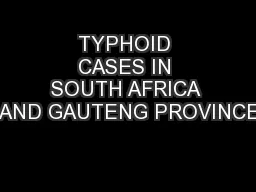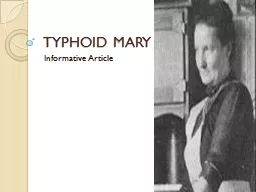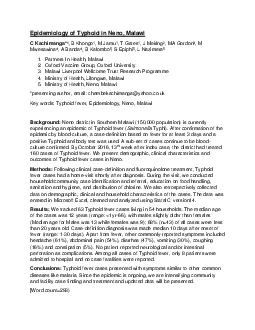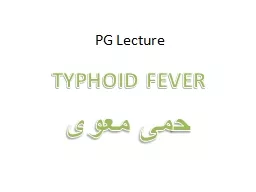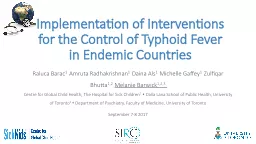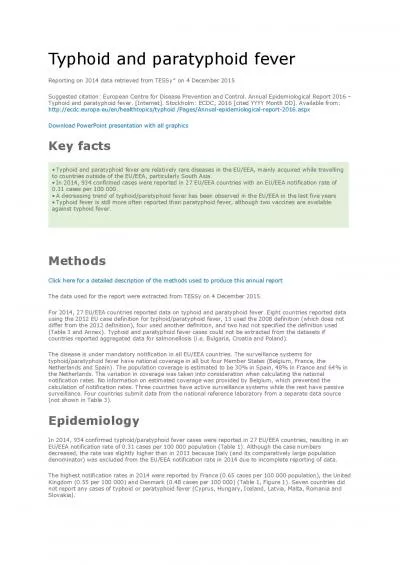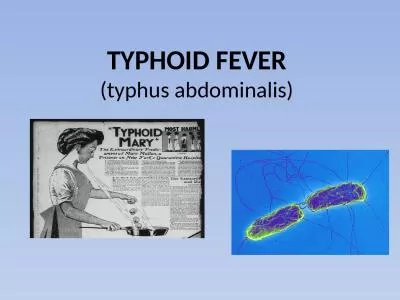PPT-TYPHOID CASES IN SOUTH AFRICA AND GAUTENG PROVINCE
Author : liane-varnes | Published Date : 2018-12-12
BRIEFING TO THE PORTFOLIO COMMITTEE ON HEALTH 9 MARCH 2016 NATIONAL DEPARTMENT OF HEALTH Outline Background Typhoid fever outbreaks Typhoid fever in South Africa
Presentation Embed Code
Download Presentation
Download Presentation The PPT/PDF document "TYPHOID CASES IN SOUTH AFRICA AND GAUTEN..." is the property of its rightful owner. Permission is granted to download and print the materials on this website for personal, non-commercial use only, and to display it on your personal computer provided you do not modify the materials and that you retain all copyright notices contained in the materials. By downloading content from our website, you accept the terms of this agreement.
TYPHOID CASES IN SOUTH AFRICA AND GAUTENG PROVINCE: Transcript
Download Rules Of Document
"TYPHOID CASES IN SOUTH AFRICA AND GAUTENG PROVINCE"The content belongs to its owner. You may download and print it for personal use, without modification, and keep all copyright notices. By downloading, you agree to these terms.
Related Documents

